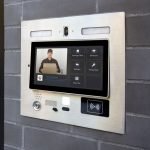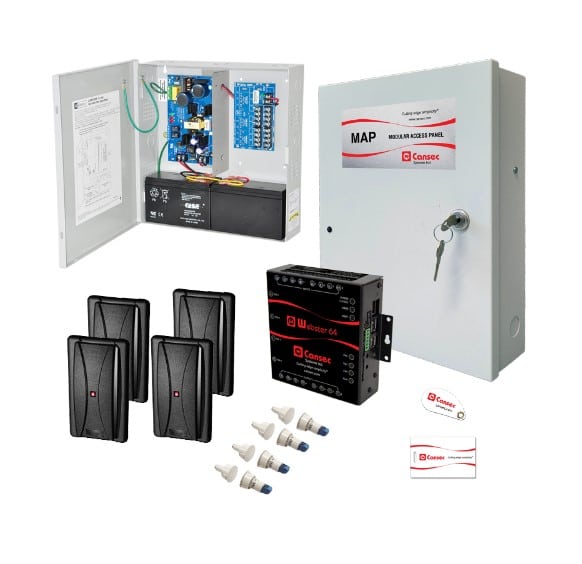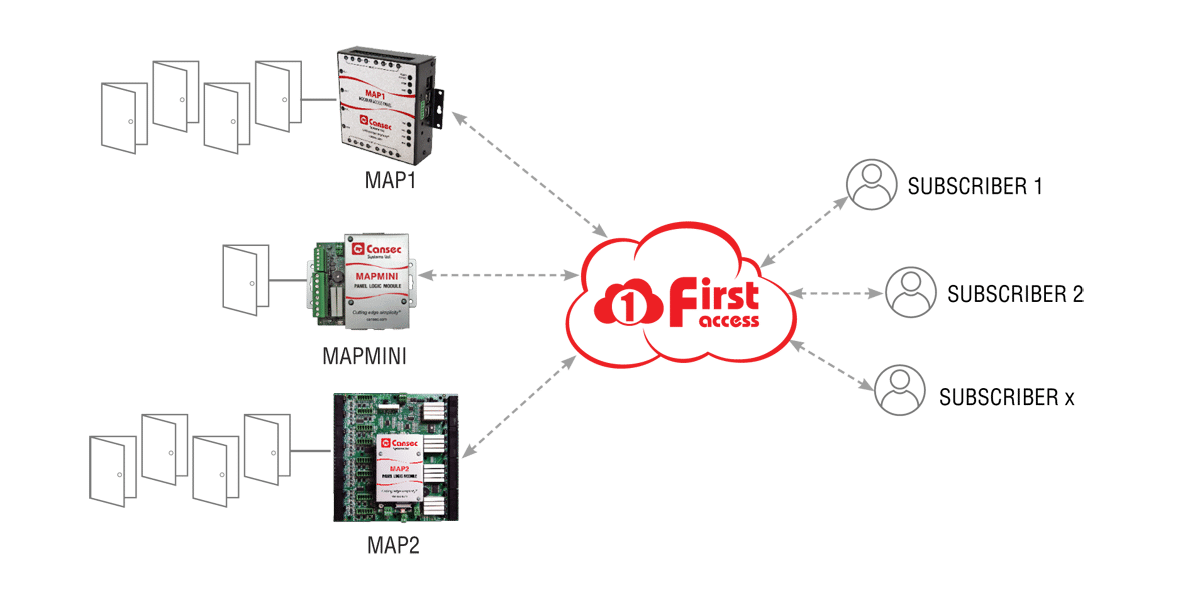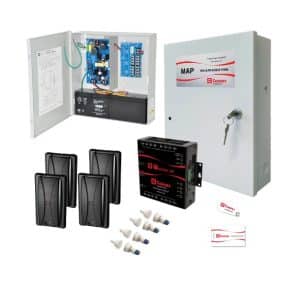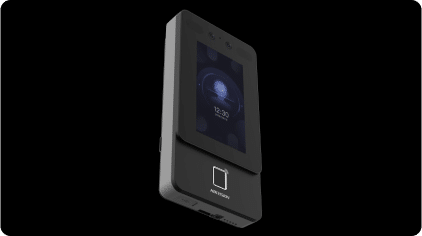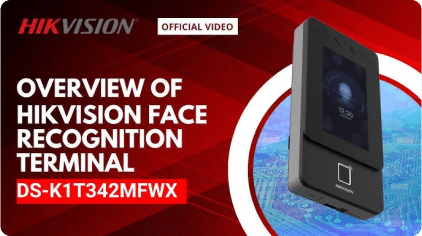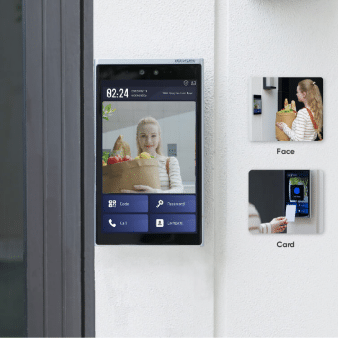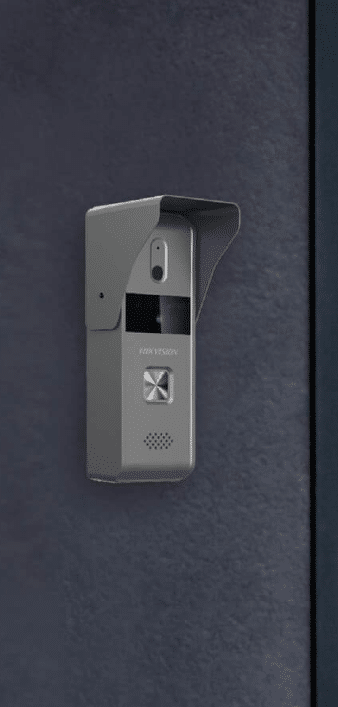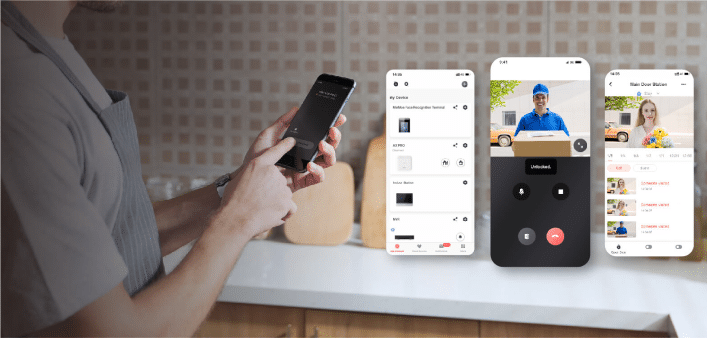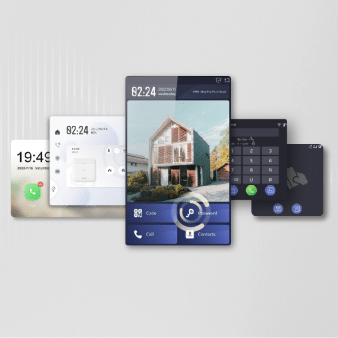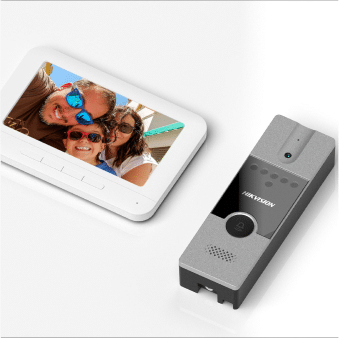Access Control
- Cansec
- Access Control
- THOMAS Best Smartkey Shell 125Khz Hid 26 Bit (CASKCSBEST26)
- SmartKey™ Conversion Shells
- Proprietary Electronic Keyway
-
SmartKey™ Conversion Shells
SmartKey™ Conversion Shells contain an embedded pre-encoded prox coil. When fitted over the head of one of the below noted mechanical keys, the key is turned into a dual technology access credential. The key works as a normal mechanical key but can now be presented to any iClass or 125KHz HID compatible proximity reader and is read just like a proximity access card. With SmartKey™, there is no need to carry a key and an access card! Wiegand 26 bit formats are supported.
SmartKey™ Conversion Shells are currently available for Best, Schalge C/Primus, Schlage Everest and Jet Big Bow. Support for the Jet Big Bow allows any keyway to be used with SmartKey™ which is available with that key design.
Conversion Shells are designed with a unique offset which allows the embedded transponder to be located well away from the key. This, plus the use of specially wound coils allow the key to be read up to three inches from the reader, even through a user’s fingers!
Conversion Shells come pre-encoded and labeled for use with iClass or 125KHz HID compatible Proximity Readers such as CanProx One readers from Cansec Systems.
-
Proprietary Electronic Keyway
The value of a proprietary mechanical keyway is well recognized. Not only does it provide enhanced security for the end user but, more importantly, it prevents poaching of a locksmith’s customers by other locksmiths. The SmartKey™ system now brings the same capability to the electronic access control industry. This is accomplished by embedding a Proprietary Electronic Keyway (PEK) Code in both the SmartKey™ readers and the SmartKey™ Conversion Shells. When a key is presented to a reader, the reader first checks to see if the PEK code in the key matches the code in the reader. If it does not, the key is simply ignored. If it does, the encoded ID data is transmitted to the access control panel exactly as it would be with a regular prox credential and Wiegand compatible reader.
Videos
-
How to Use Video Intercom Easy UI 2.0 on Hikvision Indoor Monitor
How to setup Hikvision Modular Intercom with single Indoor Monitor
How to add additional Indoor extensions to Hikvision Modular Intercom
How to add additional Sub Door Station to Hikvision Modular Intercom
How to configure calling schedules on Hikvision Intercoms
How to set passwords on Hikvision's Modular intercoms
-
How to Use Video Intercom Easy UI 2.0 on Hikvision Indoor Monitor
How to setup Hikvision Modular Intercom with single Indoor Monitor
How to add additional Indoor extensions to Hikvision Modular Intercom
How to add additional Sub Door Station to Hikvision Modular Intercom
How to configure calling schedules on Hikvision Intercoms
How to set passwords on Hikvision's Modular intercoms











